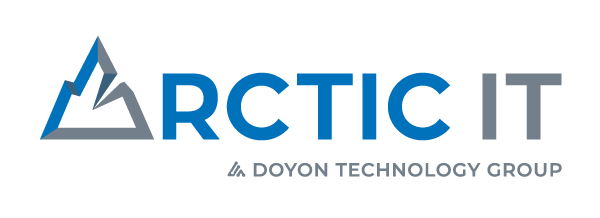Why the public cloud is growing at breakneck pace
Year over year, the public cloud advantage continues to gain momentum, and more leaders are choosing the cloud as the place to store their digital assets. In 2020, the cloud will grow another 17% up after growing 21% in 2019. This is being driven by not only SAAS (software as a service) but also PaaS (Platform as a Service) and IaaS (Infrastructure as Service). What is driving all this cloud adoption? Should your organization move to the cloud and if so why? The answer is yes, you should be considering the cloud for security, scalability, agility and safety.
A more secure platform to build upon
The cloud doesn’t take away from needing to practice good security practices yourself. However, many things are done for you or are more “secure by default”. I was visiting years ago with a friend who was CIO of a very large multinational company. He made an early move to the cloud when it was still in its infancy. I asked him, why such a bold move? He then responded that on his visit to the provider, he talked with the technical staff of the provider and said, “they’ve thought about more security and seen more threats than my staff have even considered.”
By nature of being in a public cloud, your assets have access to experts that most organizations have not budgeted for. There’s economies of scale around security in the cloud that by virtue of you being there you get. Public cloud providers are investing around 75% of their R&D dollars in security, something most organizations don’t do. Also, with most deployments in the cloud, you get a patched default secure environment that is following best practices right from the start. Providers are always improving the security and you get that benefit. There are still a wide number of things you need to continue to monitor, patch, and look for, but there’s a lot you get without having to consider as well.
Scalability is huge benefit to being in the cloud
Prior to the public cloud, adding additional compute, memory, storage, or redundancy required lots of planning. You needed to plan for how to fit into your existing infrastructure, if new servers would be required, and plan for installation and deployment. That wasn’t the only planning that needed to be done, however, you needed to plan for capital expenditures, get finance involved, plan for potential growth – but not over plan any of these. It could really stagnate the process.
With the cloud, you have instant resources available to your team. They are both on-demand and also allow for peak demand only processing. You pay only for what you need when you need it. Netflix is one of the largest companies running on the public cloud. Since their demand is very much peak and valley depending on the time of day they can just pay for the resources during the peak and not when they aren’t being used. This makes Netflix incredibly nimble. No matter how many customers Netflix adds, they never have to worry about planning for the procurement of new servers.
When I was at a cloud conference a few years ago, I spoke with the head of a research institution. His company needed large amounts of computing for very short amounts of time to complete computations. They were able to buy off-peak demand very cheaply to accomplish this goal because of the cloud. That is just another example of something that you couldn’t have done with an on-premise solution without a huge capital outlay.
Along with scalability, the cloud gives you agility
The number of services that are available in the cloud are increasing every day. Some providers now have over 90 services available at your fingertips beyond simple compute, and storage. Database services, DNS services, load balancing, payment services, device testing, IoT, AI, CDN’s and the list goes on. Many of these services were out of reach for companies in a CapEx world, however, today they are available with a few clicks and keystrokes. This can make your team incredibly more productive and agile to try new methods and new technologies without a big investment. Resources can be provisioned and de-provisioned or scaled up all depending on the need. New services are added each week that can save you both time and money verses creating on your own.
Finally, the cloud gives you a safety net
While this is really just an extension of security, I wanted to specifically call out the tools you have for backup and business continuity. With cloud providers like Amazon and Azure you get geographically separate locations both micro and macro. Many of the AZ (Availability Zones) are scattered out over a city or state and there are many AZ’s scattered across the country. With proper planning you can be covered with almost any outage. Additionally, cloud providers have incredible amounts of redundancy like UPS, generator, backup systems, multiple power feeds, internet feeds and tight physical controls over egress. Again, this level of sophistication isn’t available to most companies but can be when your company moves to the cloud.
These and other reasons are why we at Arctic IT are so bullish on the cloud for today and into the future. Our professionals are certified experts in helping you navigate your transition.
If you’d like to talk more about how the cloud can help your organization, please contact us and let us be of service to you. We’re excited about what we can do, and you will be too.

By Phil Jackson, CIO at Arctic IT

